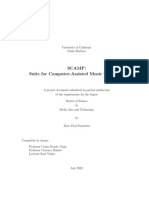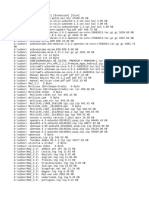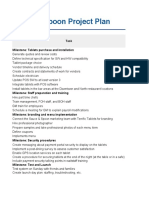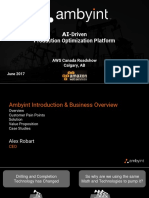0% found this document useful (0 votes)
30 views7 pagesJPR Question Answer
The document provides an overview of Java programming, covering its basics, syntax, object-oriented programming principles, exception handling, JDBC, and applet lifecycle. Key concepts include the Java Virtual Machine (JVM), Java Development Kit (JDK), and Java Runtime Environment (JRE), as well as principles like encapsulation, inheritance, and polymorphism. Additionally, it discusses JDBC for database connectivity and the differences between Swing and AWT in GUI development.
Uploaded by
gadesairaj0Copyright
© © All Rights Reserved
We take content rights seriously. If you suspect this is your content, claim it here.
Available Formats
Download as DOCX, PDF, TXT or read online on Scribd
0% found this document useful (0 votes)
30 views7 pagesJPR Question Answer
The document provides an overview of Java programming, covering its basics, syntax, object-oriented programming principles, exception handling, JDBC, and applet lifecycle. Key concepts include the Java Virtual Machine (JVM), Java Development Kit (JDK), and Java Runtime Environment (JRE), as well as principles like encapsulation, inheritance, and polymorphism. Additionally, it discusses JDBC for database connectivity and the differences between Swing and AWT in GUI development.
Uploaded by
gadesairaj0Copyright
© © All Rights Reserved
We take content rights seriously. If you suspect this is your content, claim it here.
Available Formats
Download as DOCX, PDF, TXT or read online on Scribd
/ 7






























































































